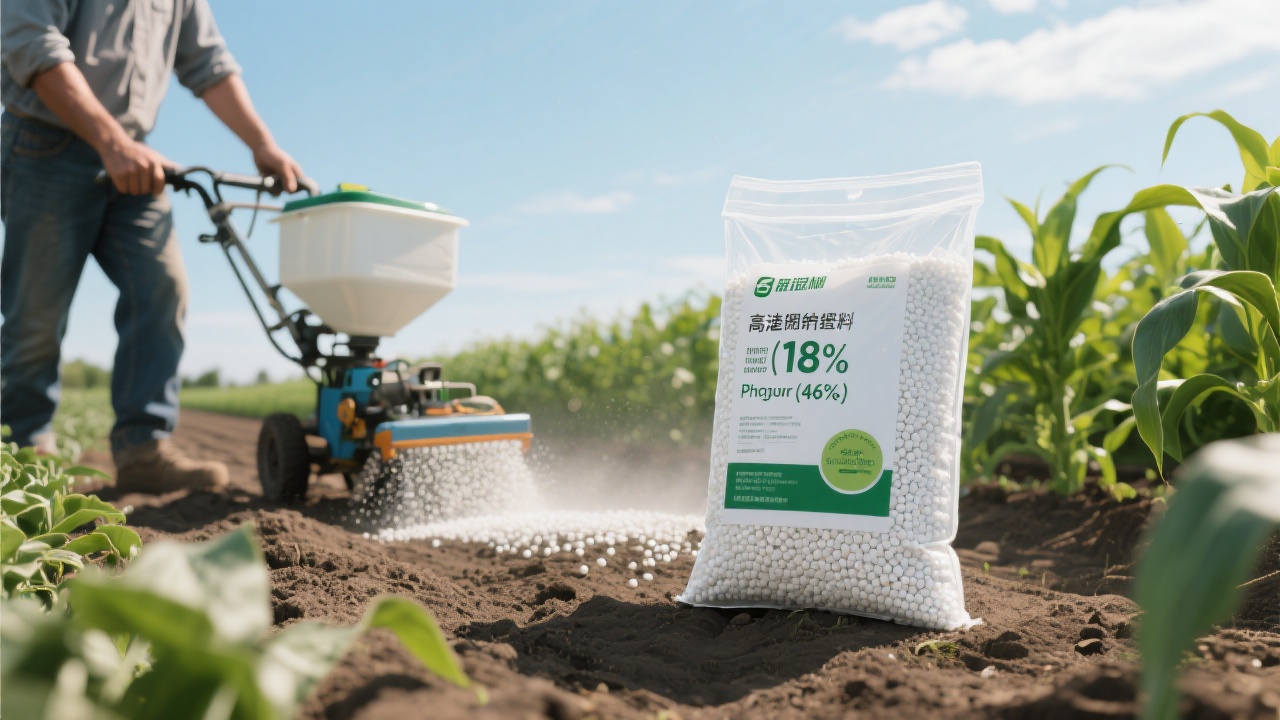
In the global push toward sustainable farming, phosphate monammonium (MAP) has emerged as a cornerstone fertilizer—especially for optimizing phosphorus (P) use efficiency and boosting crop yields. With rising input costs and environmental concerns, farmers are turning to high-efficiency fertilizers like MAP to maximize return on investment while minimizing nutrient loss.
Unlike single superphosphate or diammonium phosphate (DAP), MAP offers a balanced N-P ratio of 11-52-0, meaning it delivers both nitrogen (N) and highly available phosphorus in one application. This dual benefit is critical in early plant development when root establishment and energy transfer depend heavily on P availability.
According to a 2022 study by the International Fertilizer Association (IFA), MAP increases phosphorus uptake efficiency by up to 40% compared to conventional P sources under field conditions—especially in calcareous soils where P fixation is common. In trials across India’s wheat belt, MAP-treated plots showed an average yield increase of 18–22% over control groups using urea-based P fertilizers.
| Soil Type | MAP Efficiency (%) | Recommended Crop |
|---|---|---|
| Sandy Loam | 78% | Corn, Soybeans |
| Clayey | 65% | Rice, Wheat |
| Alkaline (pH > 7.5) | 60% | Potatoes, Vegetables |
Phosphorus plays a vital role in ATP production—the cellular energy currency—making it essential for root elongation and mycorrhizal symbiosis. Research from the University of Florida found that maize seedlings treated with MAP developed 35% more lateral roots within 14 days post-emergence than those receiving DAP. Stronger root systems improve water uptake, reduce lodging risk, and enhance resistance to soil-borne pathogens like Fusarium spp.
In a real-world case from Kenya’s Rift Valley, smallholder farmers using MAP saw a 27% reduction in stunted plants during the dry season—linked directly to improved root penetration into subsoil moisture layers. This translates not only to higher yields but also greater resilience against climate variability.

To unlock MAP’s full potential, timing matters: apply at planting time or as a starter fertilizer near the seed row—not after crop emergence. For precision agriculture, blending MAP with controlled-release urea can further boost nitrogen use efficiency by 25%, per data from China Agricultural University (2023).
Key takeaway: When used correctly, MAP isn’t just a fertilizer—it’s a strategic tool for maximizing yield, reducing waste, and building long-term soil health.
Ready to transform your phosphorus strategy? Whether you're managing large-scale farms or supporting smallholders, MAP offers proven results backed by science—and real-world success stories.
Get Your Free MAP Usage Guide + Field Trial Data